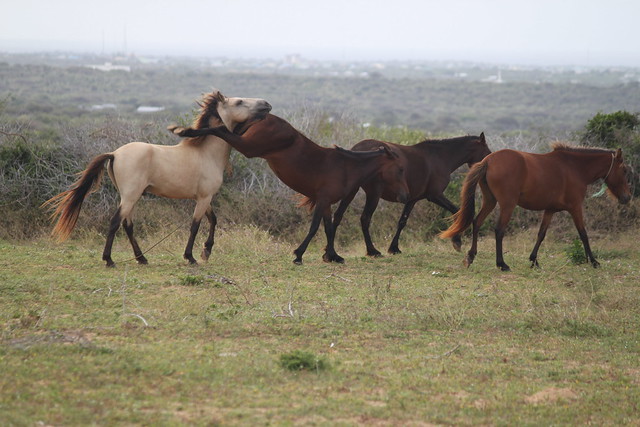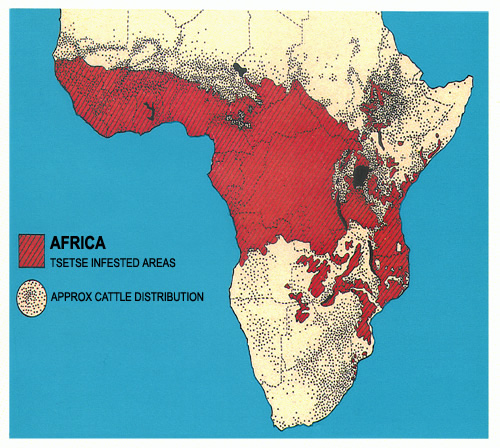You are using an out of date browser. It may not display this or other websites correctly.
You should upgrade or use an alternative browser.
You should upgrade or use an alternative browser.
My type of lifestyle
- Thread starter World
- Start date
- Status
- Not open for further replies.
Much less stressful lifestyle.
Xooshdheere
how do i use this
Are they milking a horse?

Self sustaining. If the world went though some post nuclear war apocalypse or some extreme climate catastrophe, these nomads would be thriving.Much less stressful lifestyle.
Somali horses look really similar to Mongol horses, and they have roughly the same characteristics as them.

Yeah a mare looolAre they milking a horse?
Its a cultural thing, I have seen somalis milking donkeys.Are they milking a horse?
Xooshdheere
how do i use this
Where?Its a cultural thing, I have seen somalis milking donkeys.
On a video, few years ago.Where?
Xooshdheere
how do i use this
Where was it recorded?On a video, few years ago.
Don't know the location, but it was some youngsters doing it.Where was it recorded?
I don't think it was for consuming purposes.
Apollo
VIP
Self sustaining. If the world went though some post nuclear war apocalypse or some extreme climate catastrophe, these nomads would be thriving.
Somali horses look really similar to Mongol horses, and they have roughly the same characteristics as them.
Yeah a mare loool
Did you know that Somalia is among the few SS-African countries where Horses can live?

My neighbor milks his catsIts a cultural thing, I have seen somalis milking donkeys.

Photo Essay: The Eagle Hunters of Mongolia
For centuries, Mongolia’s semi-nomadic tribes have joined forces with semi-domesticated eagles to hunt small prey. But how much longer can this ancient food tradition survive?
By James Rodewald on March 31, 2016
Photographs by Cedric Angeles and Brown W. Cannon III
Humans have enlisted animals in the search for sustenance since the first mellow wolves stumbled upon our settlements thousands of years ago, then decided to stick around. And while some of these working relationships endure—horses still plow fields, pigs sniff out truffles, shepherds and pointers and hounds aid with herding or hunting—we now tend to prefer our pork on a plate and our pets on a leash. But in the rugged Altai Mountains of far-western Mongolia, a bond between man and bird defies total domestication. Amid this harsh, craggy landscape, hunters rely on golden eagles to find and kill rabbits, foxes, and other small game.
The hunters trap female eagles (whose eight-foot wingspans make them far more effective partners than the smaller males) before they reach breeding age, and build a rapport by rewarding requested tasks with food. Once a bird’s hunting career comes to an end—after a few years or a decade, depending on the raptor’s skill—she’s released back into the wild to find a mate and live out the rest of her days.
Even in this remote backcountry, however, the intimate interspecies partnership faces extinction due to increasing modernization. The Golden Eagle Festival, held in the city of Ulgii for the past 16 years, attempts to preserve Mongolia’s dying falconry traditions through a series of hunting competitions. Last fall, photographers Cedric Angeles and Brown W. Cannon III accompanied a group of Kazakhs as they traveled to Ulgii on horseback for the event, sleeping in yurts (called gers) along the 120-mile journey. “The connection the men have with the eagles is as significant as their relationships with people,” Cannon says. “Their worlds revolve around these birds.”

TOP: Dalaikhan Itale has been hunting alongside golden eagles in Mongolia’s Bayan-Ulgii province for 31 years. ABOVE: Human hunters, who lack “eagle-eyed” vision, require binoculars to spot prey in the distance.

A group of Kazakhs from the Altai Mountains set off on the 120-mile trek to the Golden Eagle Festival in Ulgii, where the men and their birds will compete in tests of speed, agility, and accuracy.

The terrain may be bleak, but the falconers’ clothing and yurts—including those of Jaidarkhan Jantekei—are quite the opposite. Many Kazakhs live semi-nomadically, moving their campsites according to the seasons and residing in permanent houses only as winter descends.

To keep their eagles calm during the long journey to Ulgii, the hunters swaddle the birds and cover their eyes with leather hoods.

Itale’s companion would never intentionally hurt her master, but the eagle’s beak is razor sharp, so he serves her rabbit meat from a bowl.
Mongolian hunters rely on baldaks—asthe wooden slingshot-like tool on this saddle is known—to support their arms when holding an eagle.

Askar Cheruch (left) and Itale are among the few hundred eagle hunters who still roam this arid landscape.
https://modernfarmer.com/2016/03/photo-essay-eagle-hunters-mongolia/
I understand Somalia because it's semi-arid, Ethiopia because it's a mountain country, North Africa because it's a desert, but why isn't South Africa/South Sudan affected by tsetse fly?Did you know that Somalia is among the few SS-African countries where Horses can live?

My neighbor milks his cats
Does he drink it?
Apollo
VIP
I understand Somalia because it's semi-arid, Ethiopia because it's a mountain country, North Africa because it's a desert, but why isn't South Africa/South Sudan affected by tsetse fly?
Southern Africa is semi-arid as well, relatively far from the tropics, and has high elevation.
But horses and cattle never got there really, until Euros showed up.
They're isolated from pretty much the rest of the world by land though since all the countries north of it are infected by tsetse fly.Southern Africa is semi-arid as well, relatively far from the tropics, and has high elevation.
But horses and cattle never got there really, until Euros showed up.
Apollo
VIP
They're isolated from pretty much the rest of the world by land though since all the countries north of it are infected by tsetse fly.
Yep, that's why the Khoisan were still living stone age lifestyles when the Dutch showed up.
Even Somalis are quite isolated from the world to be honest other than the fact we're located on a strategic part of the Indian Ocean/Red Sea. The Euroasian steepe nomads on the other hand...Yep, that's why the Khoisan were still living stone age lifestyles when the Dutch showed up.
Yea, he said it takes like ostrich milkDoes he drink it?
Somili horses average about thirteen hands and a half to fifteen hands, and are bred by every tribe except the Esa and Geri.
Of the tribes I have met on different expeditions, those having the most horses are the Dolbahanta, the Eer Ali, the Ker Am4den, the Habr Gerhajis, and the Jibril Abokr sub-tribe of the Habr Awal. In the Nogal country of Dolbahantawe saw enormous numbers, one man sometimes owning one hundred and fifty.
The Somali horse carries a light weight splendidly ; his feet are harder than even those of an Arab horse, and, indeed, unless well shod the latter would make poor work on the rocky ground over which the Somali animal, which is never shod, will gallop at full speed.
He is handy among bushes, and will go for three days, or even longer, without water, eats nothing but grass, and requires no care. I have never seen a Somali pony covered up or groomed ; he is exposed to all weathers, and is usually infested with ticks. The Kud-kudaha is a tick about half an inch in diameter, with a tortoise-shell back, its bite being venomous and drawing blood. Horses are bred solely for inter-tribal fighting, the mares being considered the best.
Of the tribes I have met on different expeditions, those having the most horses are the Dolbahanta, the Eer Ali, the Ker Am4den, the Habr Gerhajis, and the Jibril Abokr sub-tribe of the Habr Awal. In the Nogal country of Dolbahantawe saw enormous numbers, one man sometimes owning one hundred and fifty.
The Somali horse carries a light weight splendidly ; his feet are harder than even those of an Arab horse, and, indeed, unless well shod the latter would make poor work on the rocky ground over which the Somali animal, which is never shod, will gallop at full speed.
He is handy among bushes, and will go for three days, or even longer, without water, eats nothing but grass, and requires no care. I have never seen a Somali pony covered up or groomed ; he is exposed to all weathers, and is usually infested with ticks. The Kud-kudaha is a tick about half an inch in diameter, with a tortoise-shell back, its bite being venomous and drawing blood. Horses are bred solely for inter-tribal fighting, the mares being considered the best.
- Status
- Not open for further replies.
Trending
-
Donald Trump remarks: "Do they [Somalia] have a President?"
- Started by Itsnotthateasy
- Replies: 37
-
-

